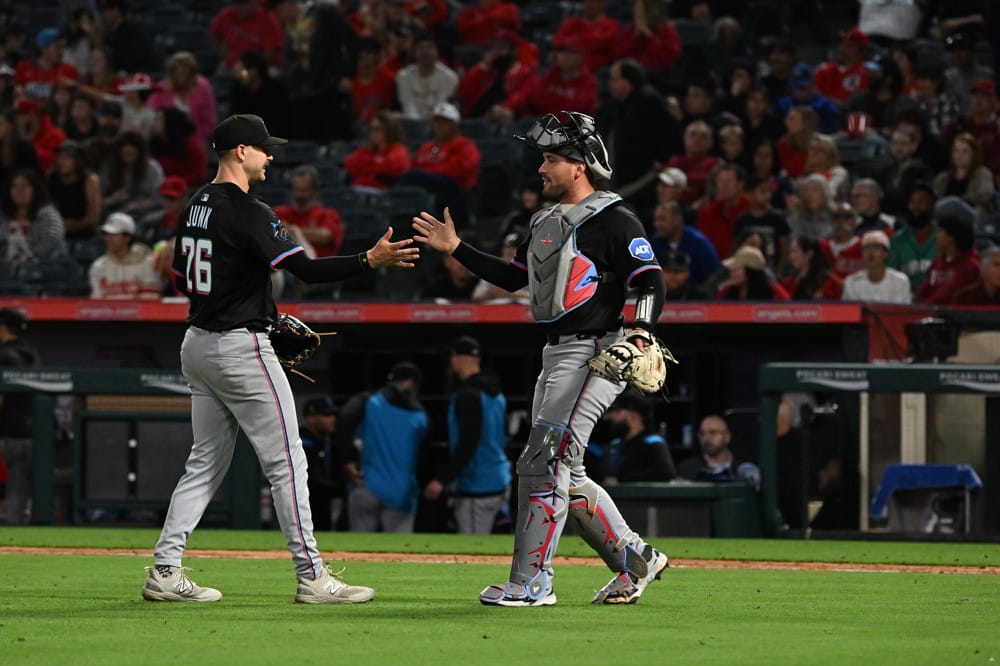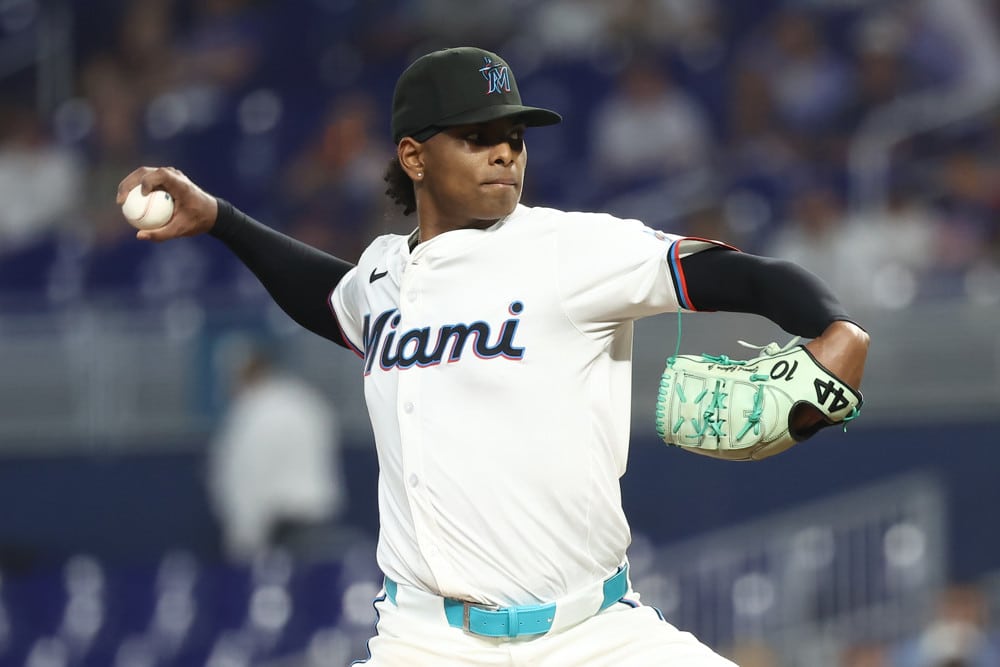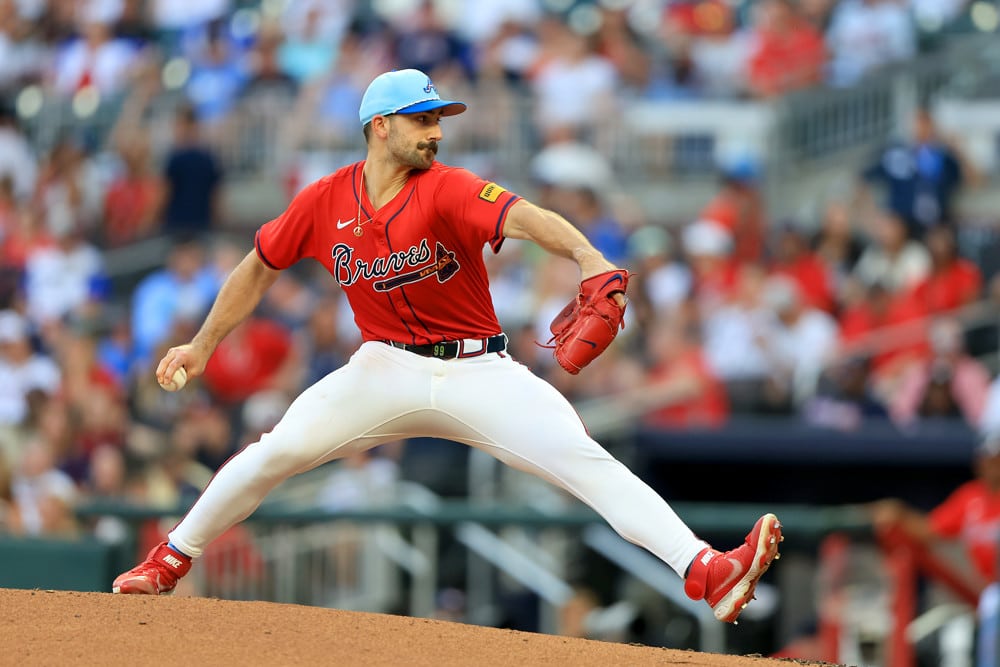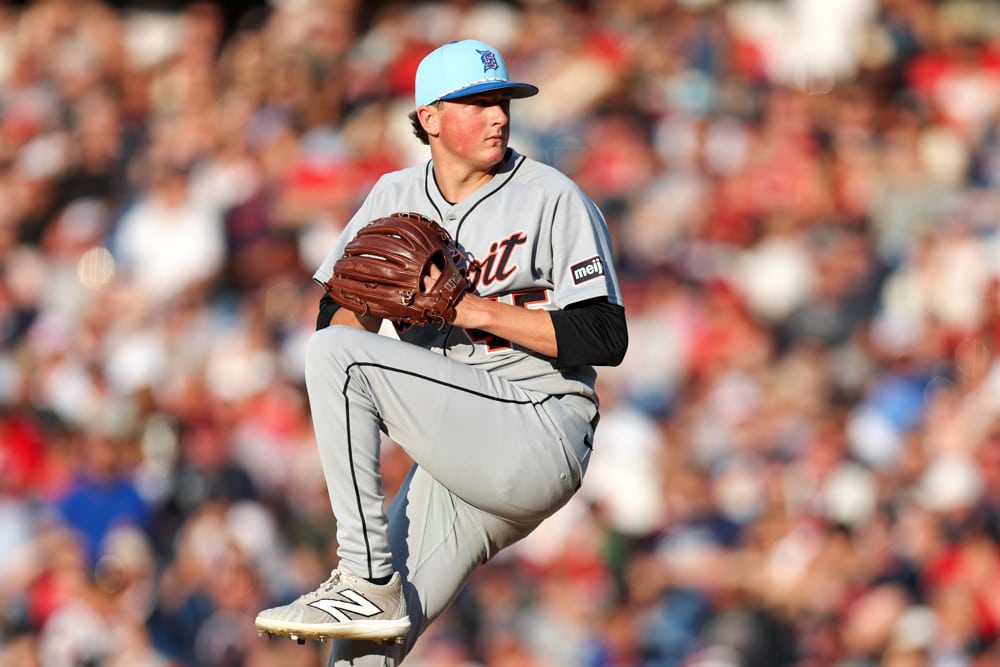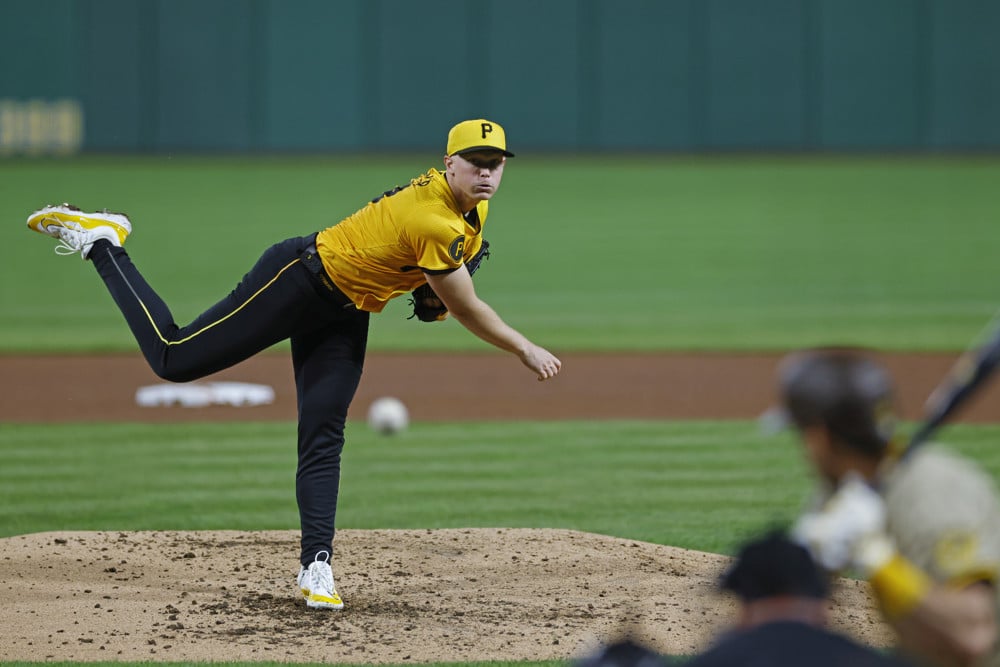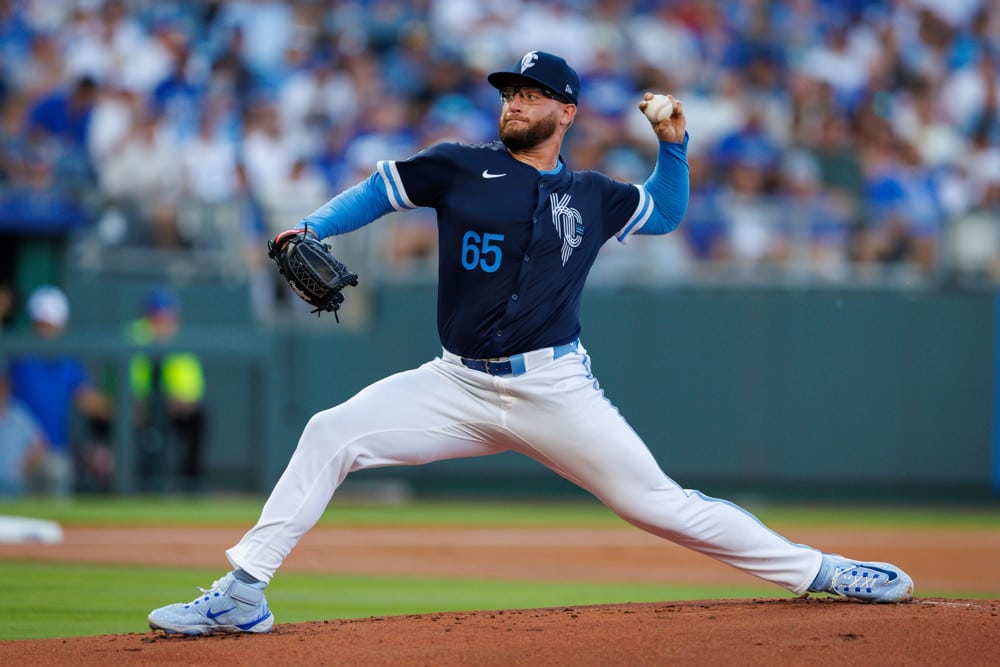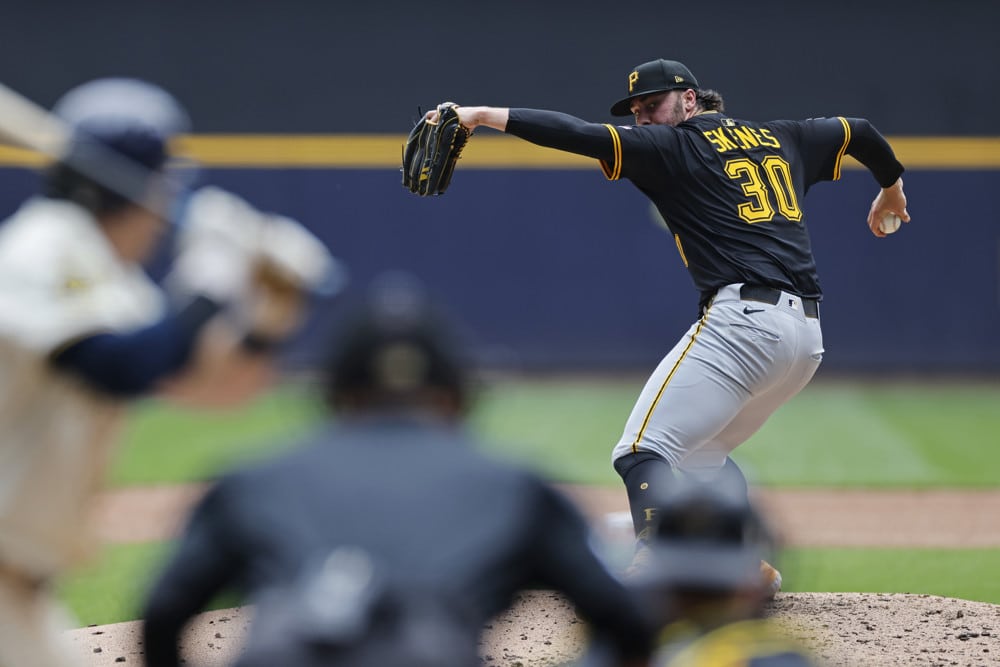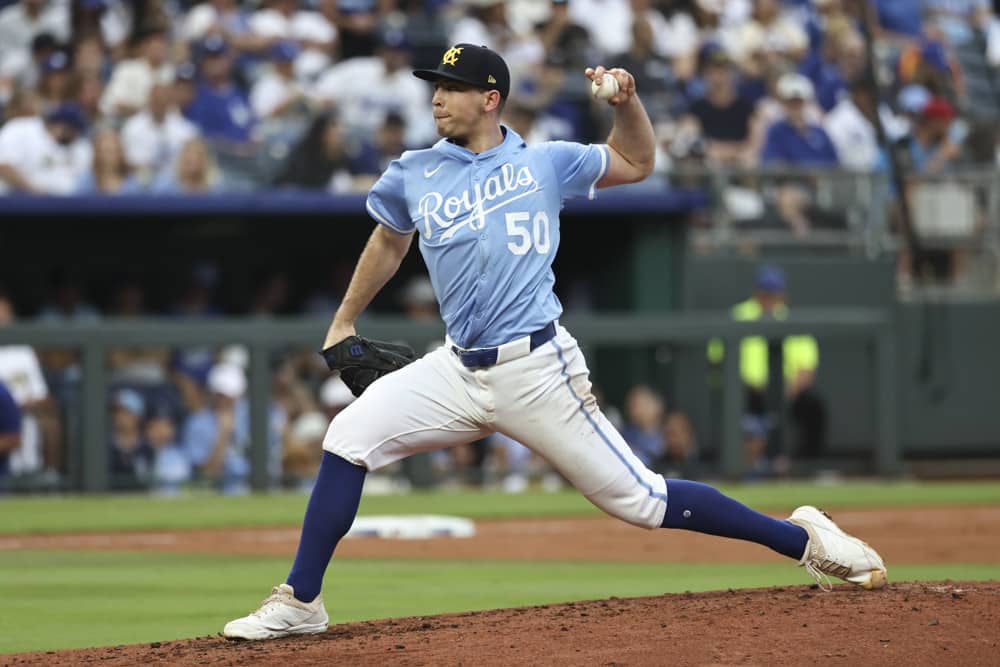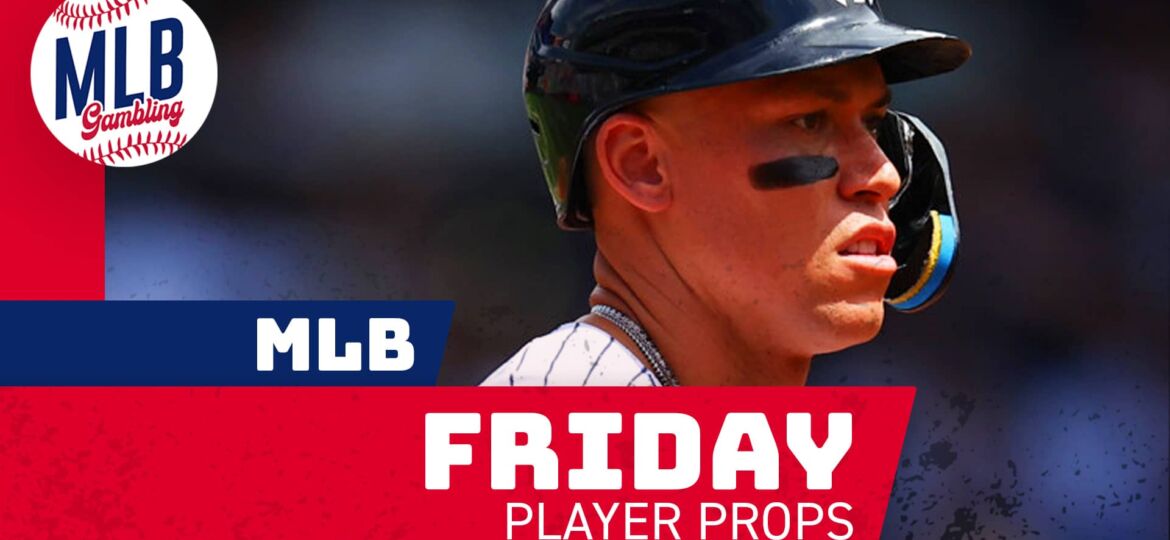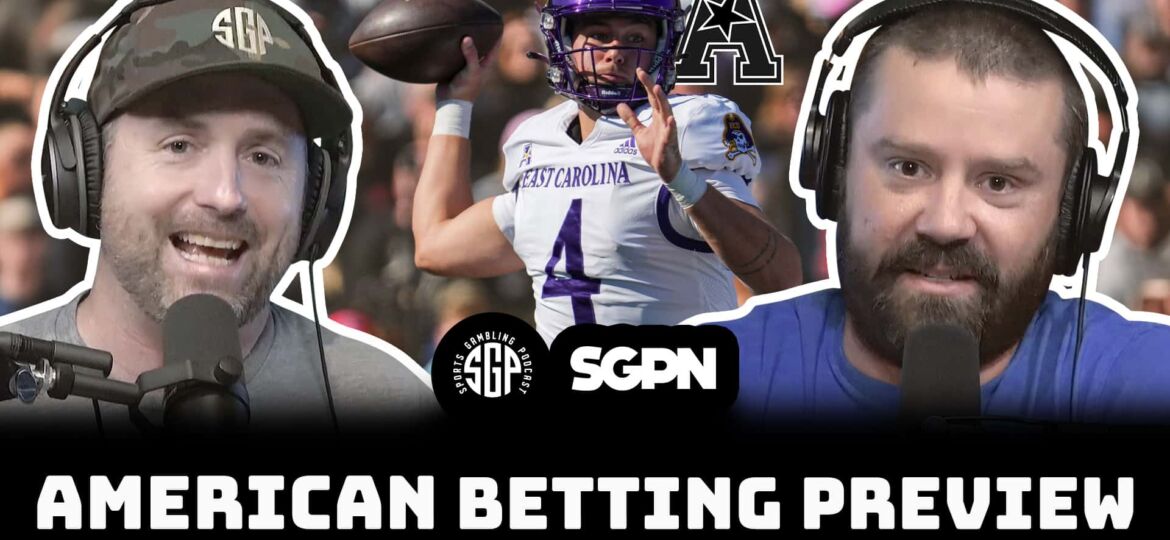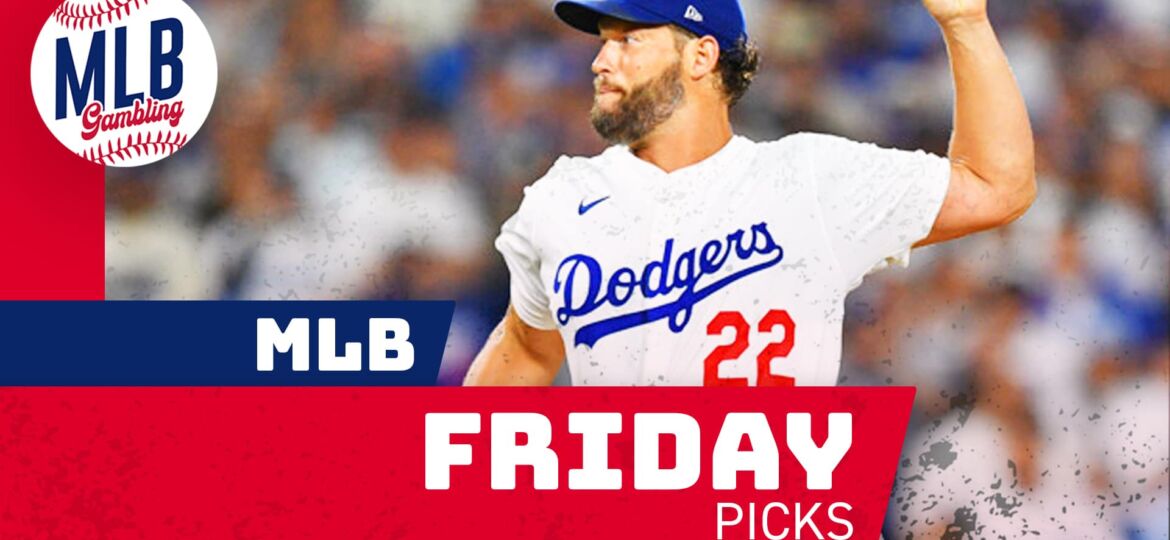In a first for the PGA Tour, the world’s best golfers will play their second straight tournament at the same golf course for the Memorial at Muirfield Village in Dublin, OH.
Here’s everything to know about the event before placing a single wager on it.
The Field
After a thrilling finish to the Workday Charity Open, many of the same top players we saw last week will make their second straight appearance in the field. They include last week’s winner Collin Morikawa, Justin Thomas, Viktor Hovland, Patrick Cantlay, Jon Rahm, Rickie Fowler, Brooks Koepka, Patrick Reed, Xander Schauffele and Hideki Matsuyama.
But the biggest name of all who moves the needle more than anyone else in the sport makes his return to the PGA Tour. Tiger Woods will rejoin the festivities and play for the first time since February to try and win his 6th title at Muirfield Village. The last we saw of Tiger wasn’t pretty, as he didn’t look healthy on his way to a mediocre finish at The Genesis. Though he’s had a long time to rest and recuperate, it’s unknown what we’ll really get from him this week. Will he be motivated and firing on all cylinders? Or will he coast his way through the tournament to try and get ready for the PGA Championhip in a few weeks.
Other top players who didn’t play the Workday Charity Open but will play the Memorial include Bryson DeChambeau, Rory McIlroy, Webb Simpson, and Dustin Johnson.
For the full field, click here.
The Golf Course
Most of the information you’ll need to freshen up about Muirfield Village can be found in last week’s Workday Charity Open preview. If you’re interested in reading up again on the history and the layout of the golf course, feel free to check it out once again.
The only thing new to add for this week’s tournament will be the alterations the superintendents will make to the golf course. For starters, many fairways will be re sodded on Monday to eliminate all the divots made at the Workday Charity Open. In addition, different tee boxes will be utilized on several holes to differentiate itself from last week’s tournament, however the golf course will play roughly the same length in just under 7,400 yards. In addition, they’ll try and grow up the rough a bit to make it a little more penal for a missed fairway or green.
Finally, the greens will be sped up considerably. At the Workday Charity Open they were running around 11-11.5 on the stimpmeter, which allowed the tournament directors to put different pin placements on many greens that had a lot more break than is normally seen on the PGA Tour. For this week, the greens will return to their normal 13-14 on the stimpmeter, the fast pace that Jack Nicklaus prefers his golf course to run at. That’ll also mean that the more traditional pin placements will be seen at Muirfield Village for the tournament.
Betting Strategies
The first thing to be considered is whether or not the changes to Muirfield Village from one week to the next will have any material effects to the types of players you should bet on. From my own set of eyes, I didn’t really notice much difference between how the Workday Charity Open played and how a traditional Memorial is played at Muirfield Village. While the greens may have ran slower on the stimpmeter, any putts downhill still ran out a few feet or more because of their pin placements. The pin placements will be on more flatter ground on each green, and that’ll mean speed control and touch is still an important attribute for putting. While there are stats out there that differentiate performance on fast greens vs. slow ones, I’m more inclined to ignore those in favor of just comparing someone’s long term performance putting to how well or poorly they fared last week.
In addition, while the longer rough might put a little more of a premium on hitting fairways and greens, the conditions at the Workday Charity Open were still pretty penal for anyone who hit an errant shot. I saw a lot of golfers draw nasty lies after an offline tee shot that either forced them to hack back into the fairway or significantly impeded their ball flight on their approach. There were also a lot of guys who struggled with bad lies around the greens to try and get up and down into the hole. If there is any sort of increased premium of accuracy and precision, it’ll be minimal from last week.
All in all, I think a lot of the touted “differences” that each tournament will have are overblown because the leaderboard that shook out for the Workday Charity Open was pretty similar to one of a standard Memorial. Ball striking is such an important attribute at Muirfield Village, and it’s no surprise that the Top 3 players on the leaderboard in Collin Morikawa, Justin Thomas and Viktor Hovland are some of the best players tee-to-green in the world. They also possess a great combination of length and accuracy in their game.
Other notable players towards the top of the Workday Charity Open leaderboard who share similar qualities in their game include Patrick Cantlay, Gary Woodland, Xander Schauffele, and Rickie Fowler. It’s these types of players that typically play well at demanding ball-striking golf courses, and it’s no surprise they all appeared inside the Top 30 at the end of the weekend.
So what should gamblers do then to help target the golfers to bet on? Gamblers should take all the attributes they valued of a golfer profile from last week and employ the same exact methodology, which we discussed in last week’s column. But taking it a step further, they should also try and look how last week’s field overall gained their strokes compared how they normally gain strokes, and look to either back or fade. This can be done a few ways:
- Identify good ball-strikers who had an uncharacteristically poor performance tee-to-green (candidates for positive regression)
- Identify bad ball-strikers who had an uncharacteristically good performance tee-to-green (candidates for negative regression)
- Identify players who had a great ball-striking week but their performance on and around the green cost them (candidates for positive regression)
- Identify players who had a poor ball-striking week but were saved by their performance on and around the green (candidates for negative regression).
To help you all get started on the hunt to fill players based on these criteria, here’s a list of players from last week’s Workday Charity Open that are in the field for the Memorial who might see positive or negative regression (some players may overlap for each criteria):
Criteria #1: Good ball-strikers who had a bad performance tee-to-green
- Sungjae Im: 63,-0.11 Strokes Lost Per Round Tee-To-Green
- Byeong Hun An: MC, 0.18 Strokes Gained Per Round Tee-To-Green
- Marc Leishman: MC, -0.38 Strokes Lost Per Round Tee-To-Green
- Bubba Watson: MC, -2.74 Strokes Lost Per Round Tee-To-Green
- Justin Rose: MC, -3.02 Strokes Lost Per Round Tee-To-Green
- Harold Varner III: MC, -1.32 Strokes Lost Per Round Tee-To-Green
- Joel Dahmen: MC, -5.26 Strokes Lost Tee Per Round-To-Green
These players may be in line for positive regression should their performance tee-to-green regress to their means.
Criteria #2: Bad ball-strikers who had a good performance tee-to-green
- Jason Day: T7, 1.55 Strokes Gained Per Round Tee-To-Green
- Troy Merritt: T22, 1.46 Strokes Gained Per Round Tee-To-Green
- C.T. Pan: T48, 1.26 Strokes Gained Per Round Tee-To-Green
These players may be in line for negative regression should their performance tee-to-green regress to their means.
Criteria #3: Players who gained >1.25 Strokes Off-the-Tee/Approach per round but had a poor performance on and around the greens:
- Keegan Bradley: T39, +3.22 strokes/round ball-striking, -2.58 strokes/round on and around greens
- Hideki Matsuyama: T22, +2.09 strokes/round ball-striking, -0.46 strokes/round on and around greens
- Talor Gooch: T17, +1.91 strokes/round ball-striking, -0.03 strokes/round on and around greens
- Troy Merritt: T22, +1.72 strokes/round ball-striking, -0.09 strokes/round on and around greens
- Corey Conners: T39, +1.62 strokes/round ball-striking, -0.98 strokes/round on and around greens
- C.T. Pan: T48, +1.58 strokes/round ball-striking, -1.19 strokes/round on and around greens
- Max Homa: MC, +1.52 strokes/round ball-striking, -0.82 strokes/round on and around greens
- Jon Rahm: T27, +1.51 strokes/round ball-striking, -0.13 strokes/round on and around agreens
- Nick Taylor: T48, +1.40 strokes/round ball-striking, -1.01 strokes/round on and around greens
- Joaquin Niemann: T31, +1.38 strokes/round ball-striking, -0.24 strokes/round on and around greens
- Brendan Steele: T52, +1.30 strokes/round ball-striking, -1.17 strokes/round on and around greens
- Sebastian Munoz: MC, +1.27 strokes/round ball-striking, -1.58 strokes/round on and around greens
These players may be in line for positive regression should their ball-striking remain strong and they see an improvement on and around the greens.
Criteria #4: Players who gained >1.25 Strokes Around Green/Putting but had a poor ball-striking performance:
- Ian Poulter: T5, +3.06 strokes/round on and around greens, -0.42 strokes/round ball-striking
- Stewart Cink: T17, +2.27 strokes/round on and around greens, -0.39 strokes/round ball-striking
- Matt Wallace: T39, +2.00 strokes/round on and around greens, -1.37 strokes/round ball-striking
- Zach Johnson: T31, +1.65 strokes/round on and around greens, -0.51 strokes/round ball-striking
- Matthew Fitzpatrick: T27, +1.32 strokes/round on and around greens, -0.07 strokes/round ball-striking
- Matt Kuchar: T39, +1.30 strokes/round on and around greens, -0.67 strokes/round ball-striking
These players may be in line for negative regression should their performance on and around the greens slip and they still have trouble with their ball-striking.



